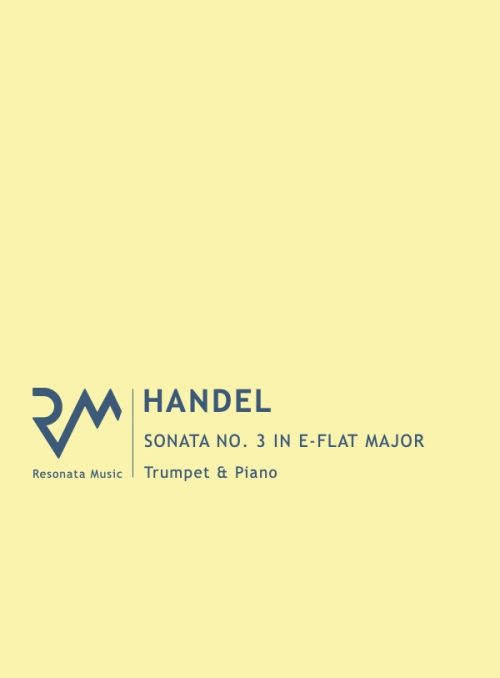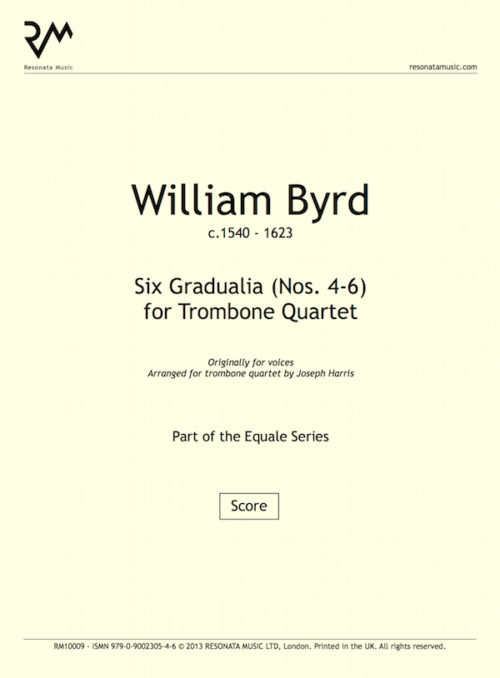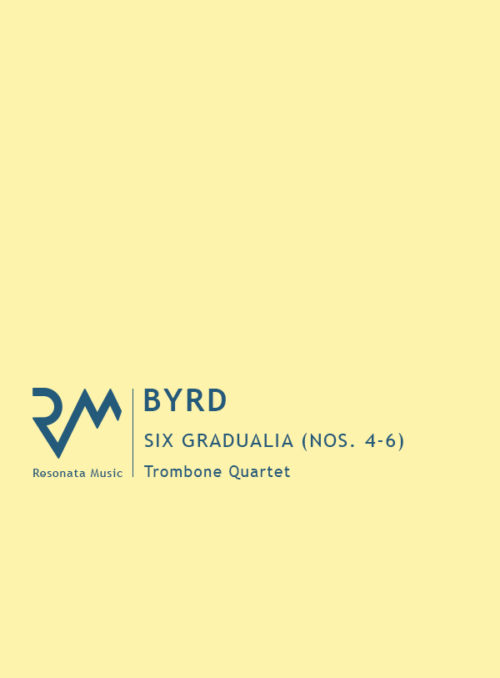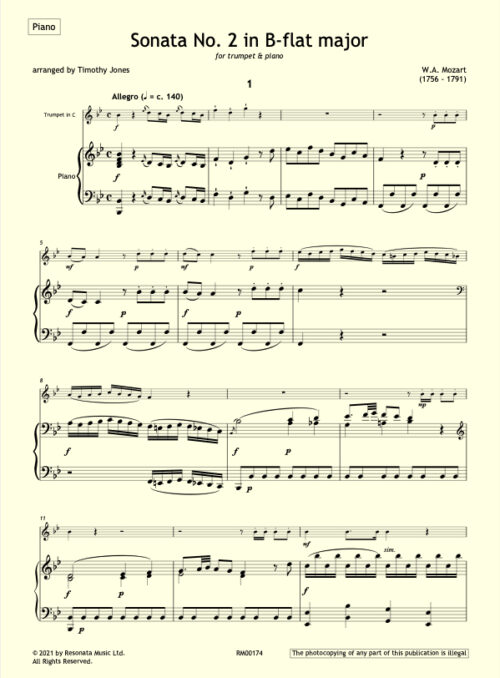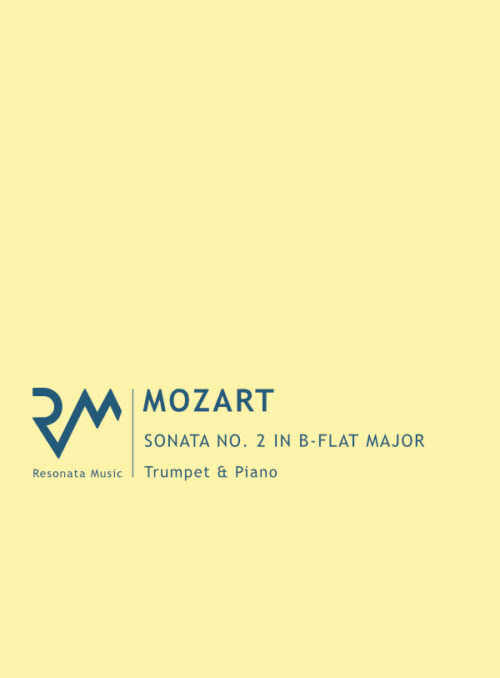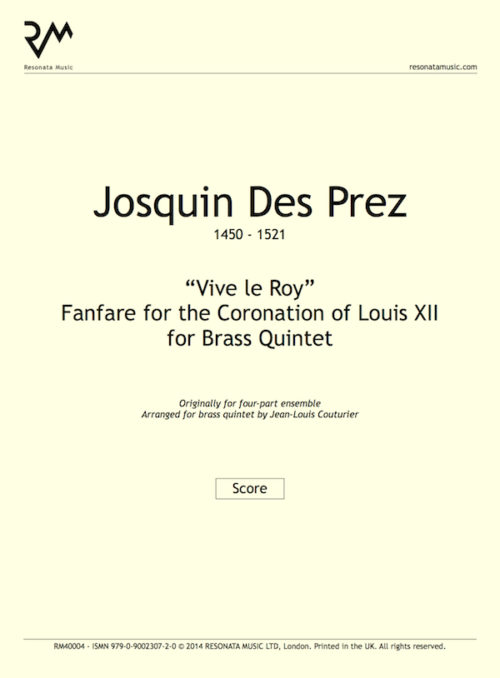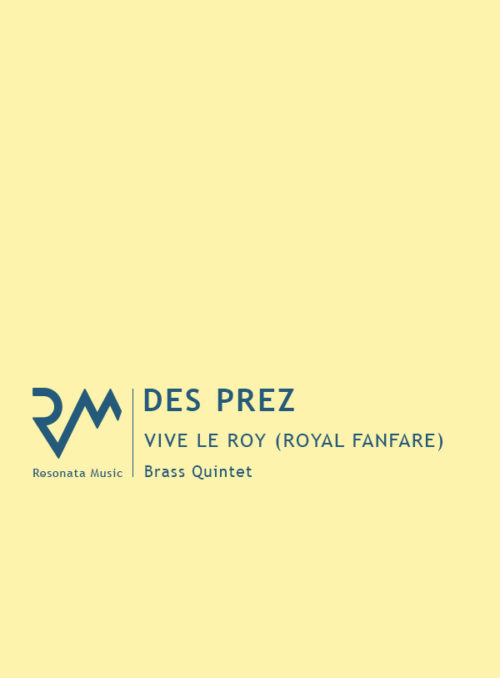Description
César Franck famously exclaimed of Chabrier, ‘this music links our own times and those of Couperin and Rameau’. The Suite for Trumpet and Piano comprises two movements from ‘Dix pièces pittoresques’ and the free-standing Aubade (Dawn serenade) – all drawn from his piano works. The reason behind Franck’s thrilled exclamation of its pure lineage to the ‘ancien régime’ lies principally in Chabrier’s penchant for the filigree and characterisation of the great French baroque clavecinistes. Probably, in truth, Couperin is a greater influence than Rameau. The parallels are not entirely satisfactory. Chabrier – a one-off dilettante composer who was a civil servant in the day job – was a man of broad cultural interests whose admiration for Wagner galvanised him to continue composing whatever the prospects. A collector of numerous fine Impressionist works, Chabrier was painted by his friend Edouard Manet and held the artist on his deathbed. In 1880, he declared his professional status as a composer and assembled a small oeuvre which was quietly leaving an indelible mark on the younger generation.
Chabrier’s music may be essentially undemanding but it is no less skilfully crafted for that. Its surprising harmonic crudities (‘I get my musical rhythm from my Auvergne clogs’) paradoxically recall the nostalgic refinement of the Ramellian spirit as much as the joyful ‘faux’ counterpoint, quick-silver contrasts or sharp contours. The Francophile, Martin Cooper, regarded these pieces as ‘a confusion of sentimental nostalgia and almost brutal café-concert atmosphere’: a disarming personality immediately evident in Aubade, where one smells the fresh paint in its cornet-like melodies, and Poulenc-like in its fleeting events and witty asides.
Jonathan Freeman-Attwood
Parts included:
- Trumpet in C
- Piano
Purchasing this product entitles you to download it three times. You will receive an email with a link to download your files upon completing payment.


